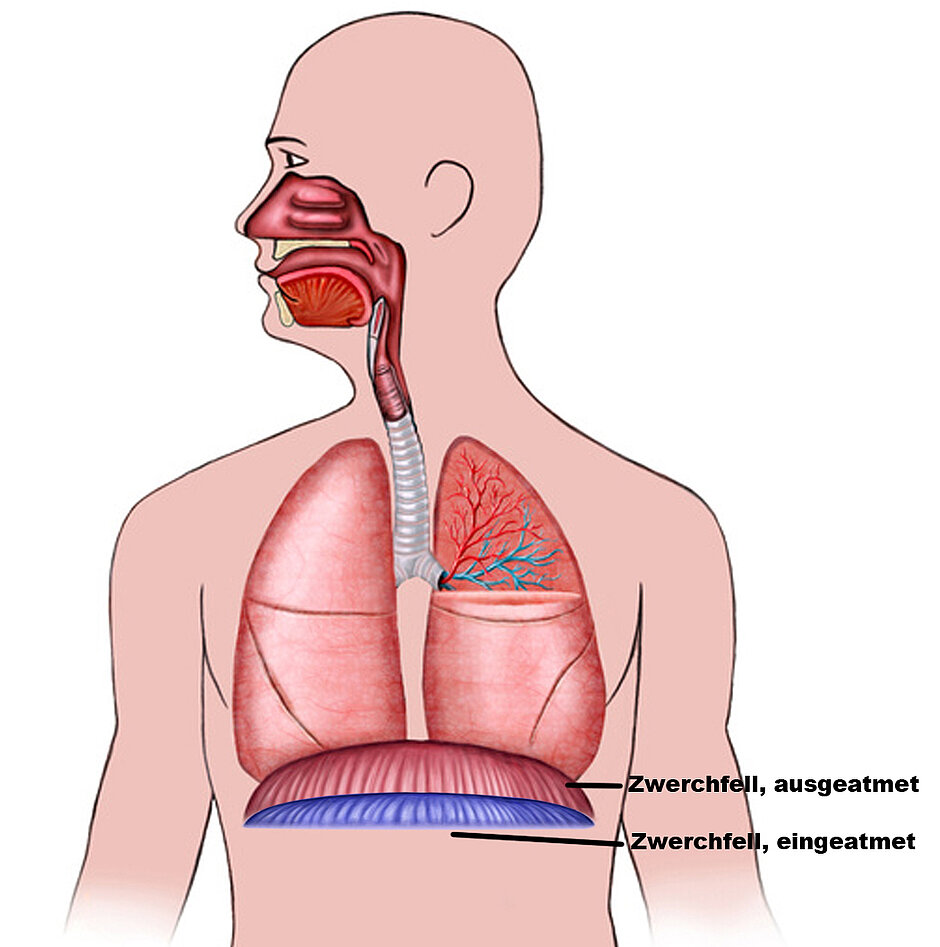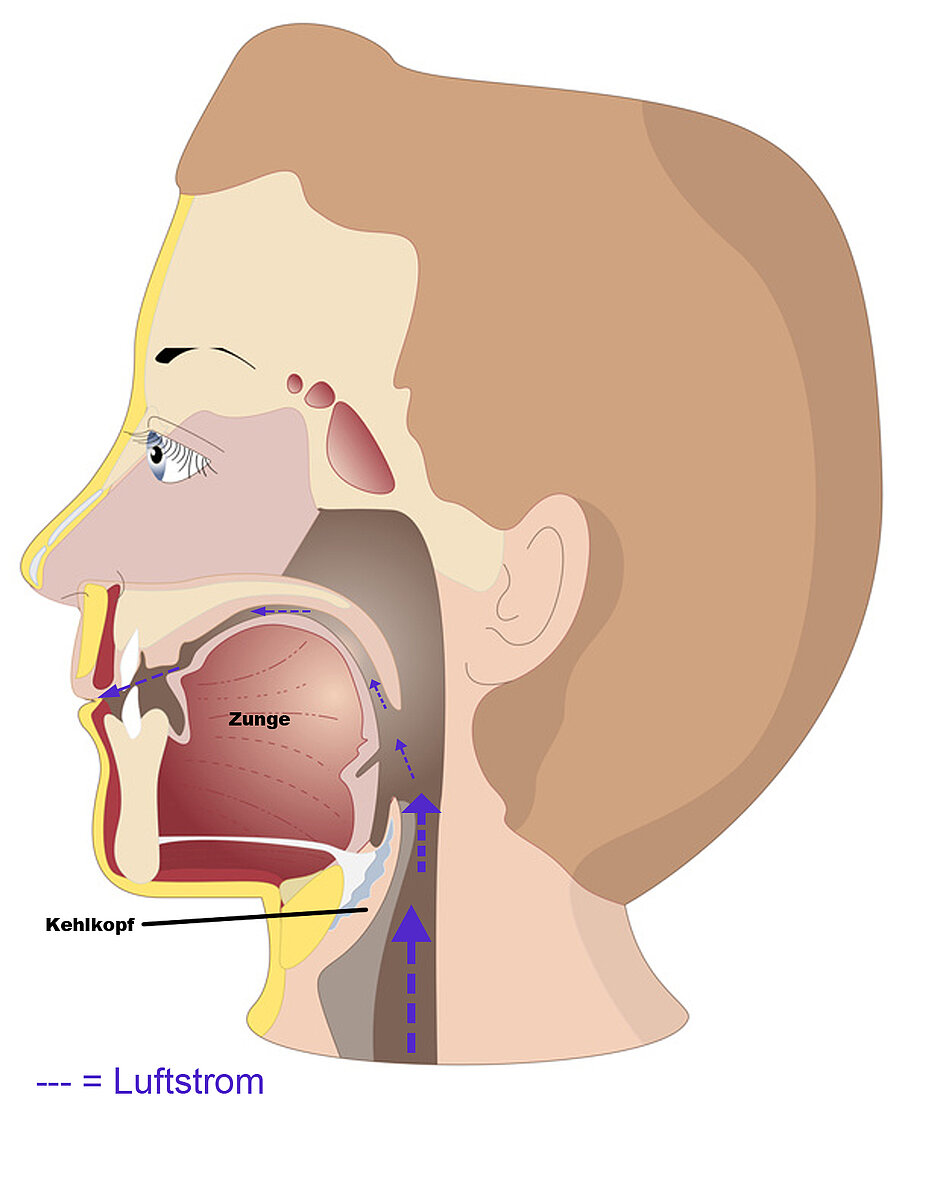Brass instruments-they’re unique
Most musicians don’t know that brass instruments are the only instruments where the player is the tone generator (originator of the sound). For string instruments, there can be no doubt, on woodwind instruments, the vibrations are performed by the reed (clarinet, sax, oboe...) or swirling air (recorder, flute). But what about brass instruments? The lips vibrate. Considering how many aspects have to fall into place before we hear a note, one might think it a miracle that we can actually play beautiful music.
The instrument
Our instrument does not start at the mouthpiece, or indeed stop at the bell! Strictly speaking, it starts in our diaphragm and stretches all the way to our listener’s ears. We need to fill the space between those extremes with life. In a way, the instrument is only an amplifier, similar to a gramophone’s horn.

The air and the diaphragm
The most important ingredient we need to play is air, the more the better. Our lungs seem to be trapped in a cage, surrounded by the ribs. This explains why they can only be expanded so much in a horizontal direction. Yet, towards the bottom, there is more room and the organs there are flexible. Downward movements of our lungs are possible thanks to a transverse muscle plate that separates the lungs from the remaining organs: the diaphragm. It is a good thing that we breathe automatically, because otherwise we would die every night. The diaphragm works without conscious control. While our body responds to the "point your right index" command, nothing happens in response to "lower the diaphragm." So how can you possibly control this process?
The diaphragm is attached to the abdominal wall"”and that part can be controlled consciously. Therefore: when you breath in, expand your belly! When you breathe out, contract it! I often notice that even musicians who have been playing for years raise their shoulders when they breathe in. That produces the exact opposite of what we actually want, because we contract our belly, so that the diaphragm rises and we inhale less air than would otherwise be possible!
Support
We need to expel the air in a controlled way, rather than sag like a leaking air mattress"”the tension of our abdominal wall needs to be maintained. That is the only way for us to control the amount and speed of the air we expel.
Exercise: Stand at about one hand’s breadth from a smooth wall or door, hold a small piece of paper before your mouth and blow it against the wall/door. If you do it right, the piece of paper remains in position until you stop blowing. If it falls almost immediately, you failed to build up tension, i.e. diaphragmatic support. Note that his is not a bodybuilding exercise"”never try this with a telephone directory ;-)

The larynx
Now let’s get rid of the air in our system. That is what the trachea is for, and it works as expected. But there is another obstacle: the larynx. We only need it for talking and singing, but certainly not for playing an instrument. So it shouldn’t be an obstacle. So relax the neck muscles and the larynx! Any mistake you make in this area becomes immediately noticeable: the sound becomes dull and fragile rather than brilliant and clear. So be sure to listen to yourself while practicing!
Exercise: Start talking and listen to the sound of your voice when you flex your neck muscles"”that voice is perfect for dubbing cartoons. Now repeat this exercise while playing your instrument.
And finally, the lips
Well... almost, because before the lips lies another important cavity: the mouth cavity. Remember that the air needs to dash through your tongue and palate. What happens to an identical amount of air when you pronounce the vowels "a", "e" or "i"? The gap between the tongue and the palate narrows, the air accelerates"”and what about the sound?
Try it for yourself to solve one of the biggest mysteries of a brass instrument.
Exercise: hold your index and middle finger in a "victory" shape against your lips to simulate your instrument’s mouthpiece. Now blow into this imaginary instrument and move your tongue up and down. Surprise! The lips vibrate faster even though we don’t have to squeeze them harder"”and the note’s pitch rises automatically.
That is (almost) all the lips need to do. Therefore, there is absolutely no point in pressing your horn harder against your face. The only thing that does is to damage your lip muscles. By the way: more air (i.e. blowing harder) only makes the sound louder!
Summary
Now we know how the air enters and leaves our body and what we need to do to vary the pitch. So the only thing that is left for us to do is regular practice. I’ve been told that there are musicians who have all of one hour they can devote to their hobby"”per week, that is. And they"”should we say: rightly?"”wonder why they don’t make any progress despite the fact that they have been "playing" for a long time. How long ago did you learn to walk? And that is something you do each day"”not just once a week. Does this mean that you can run 100 meters in less than 10 seconds?
It is better to practice 10 minutes a day than one hour once a week!
Have fun playing music and may the willpower for your practice sessions be with you!


